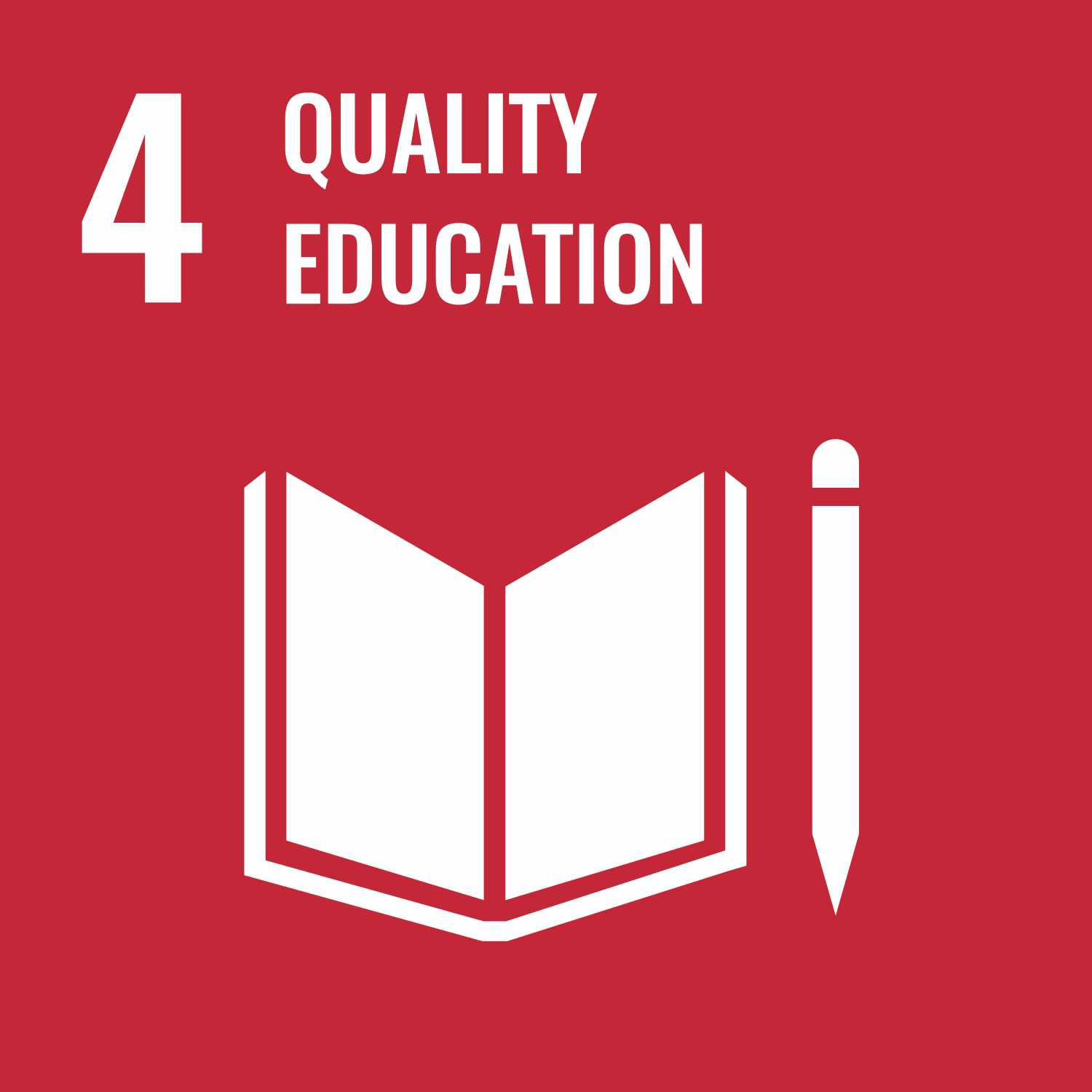
1.Satellite live tracking refers to the ability to monitor the position and path of satellites orbiting Earth in real-time.
2.Applications of Live Tracking:
Satellite Observation: Astronomers and skywatchers can use live tracking to predict when specific satellites will be visible from their location, allowing them to plan observations.
Scientific Research: Scientists studying the Earth or space can use live tracking to understand how satellites are positioned to collect data.
Amateur Radio: Ham radio operators can use live tracking to predict when communication satellites will be in range for making contacts.
Debris Monitoring: Space agencies use live tracking to monitor the movement of space debris, which can pose a collision risk to operational satellites.
3.Limitations:
Accuracy: Live tracking relies on predicted orbital data, which may not be perfectly accurate, especially for low-Earth-orbit satellites.
Real-time Updates: Updates may not be instantaneous, with a delay of a few minutes to several depending on the service.
Data Availability: Not all satellites are tracked publicly. Military or classified satellites may not have their orbital data available.
Overall, satellite live tracking is a valuable tool for anyone interested in understanding the activity in space or predicting when specific satellites will be visible from their location.
4.Footprint: The footprint is the area on Earth's surface that falls within the sensor's field of view. It's essentially the ground area 'covered' by a single satellite observation.
5.trace refers to the path a signal takes as it travels between a transmitter and receiver via satellite and monitoring the strength or quality of a signal.
6. Path: referring to the trajectory a satellite follows as it orbits Earth.
7. Uplink: This refers to the signal transmission from Earth to the satellite. Uplink signals typically use higher frequencies because they need to travel a long distance through the atmosphere.
Downlink: This refers to the signal transmission from the satellite to Earth. Downlink signals typically use lower frequencies to penetrate the atmosphere effectively and reach receivers on the ground.
8. Transmitter:A transmitter is an electronic device that takes information (data) in one form, usually an electrical signal, and converts it into a form suitable for transmission over a distance.
Receiver:A receiver is the counterpart to the transmitter. It picks up the transmitted signal and converts it back into its original form, the information you can understand.The receiver uses an antenna to capture the electromagnetic waves and convert them back into electrical signals.
Satellites act as relays in space. They receive the signal from the transmitter on Earth, amplify it, and then retransmit it at a different frequency to another receiver.
INSAT-3DS:
• Purpose: Operational meteorology, providing data for weather forecasting and disaster warning.
• Launch Date: February 17, 2024
• Manufacturer: ISRO
• Orbit: Geostationary orbit (around 35,786 km above Earth's equator)
• Mission Duration: Planned for 10 years
•
Current Status (as of April 22, 2024):
• INSAT-3DS successfully completed its initial orbit-raising maneuvers and reached its designated geostationary slot in late February.
• The satellite's payloads underwent testing and are now operational, having started capturing Earth images on March 7, 2024.
• INSAT-3DS is expected to work alongside the existing INSAT-3D and 3DR satellites, augmenting India's meteorological data collection capabilities.
21st Century Engineering College in Coimbatore
World is transforming everyday. In the rapidly evolving engineering landscape, we have an Increased responsibility to transform the engineering education from traditional curriculum to meet the 21st century skills like Creativity, Critical Thinking, Collaboration and Communication. Through our unique and strategic approach we enable our students to learn beyond and prepare them for life long success.
